Affiliate links on Android Authority may earn us a commission. Learn more.
What to expect from smartphone processors in 2020 and beyond
Published onDecember 25, 2019
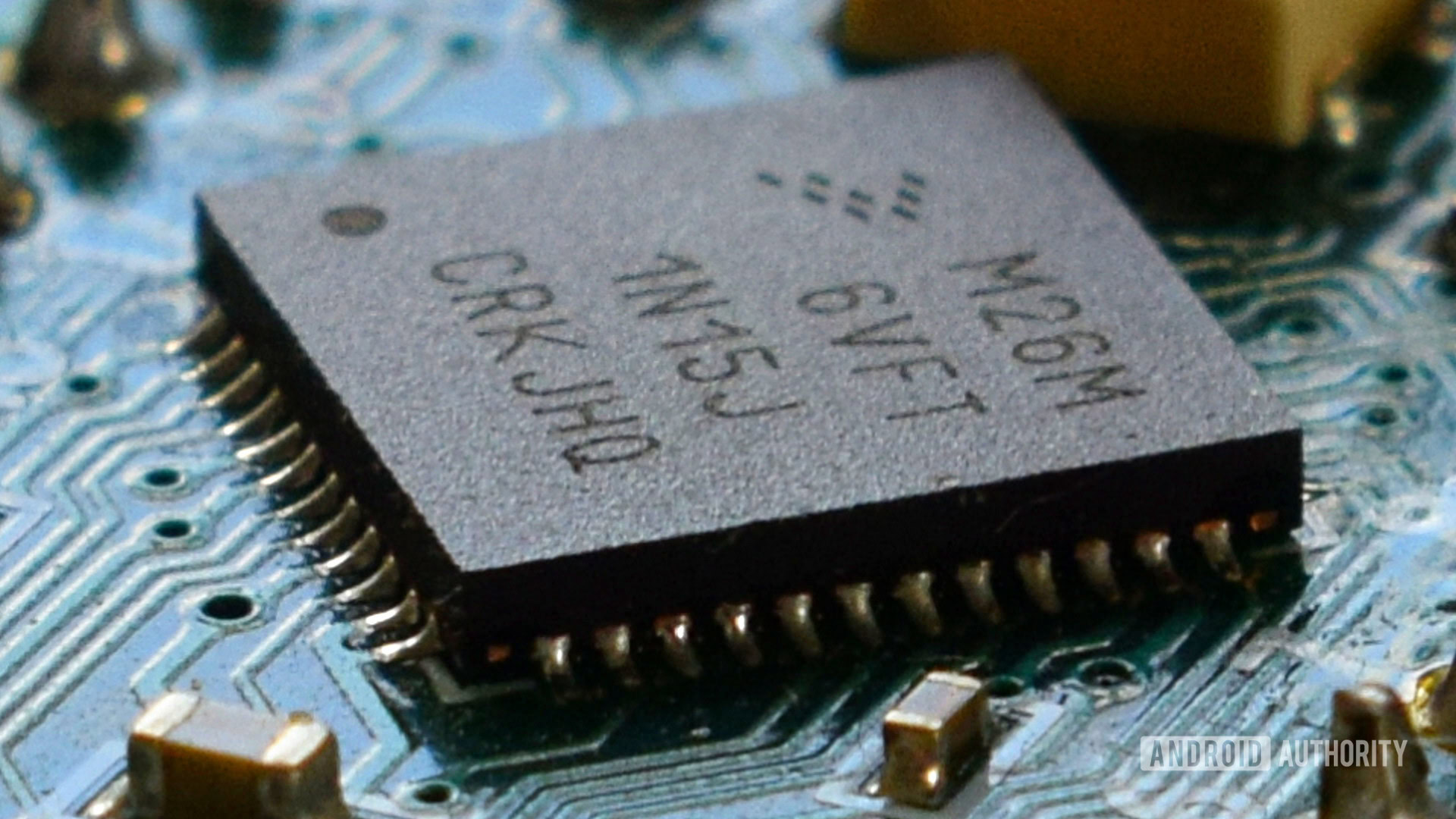
Smartphone processors are in a great place these days. Flagship smartphones offer more performance than you’ll ever need for browsing the web, checking email, and unfriending people on Facebook. You can even get great performance at the inexpensive mid-range price point too.
When it comes to the yearly chip announcements and new devices heading our way in 2020, smoother CPU performance isn’t going to offer that wow factor it once did. We’re quickly closing in on that point of diminishing returns. Chips will appear on slightly improved 7nm+ fabrication processes, meaning smaller efficiency gains compared to the previous generation. We’ll have to wait a little longer for 5nm EUV.
There are some more interesting trends on the horizon though, which could make 2020 a very exciting year for mobile processors.
Chips powering 2020 smartphones
Before diving into some of the trends that are likely to define next-gen chipsets, I’ve picked out the most high profile processor that will power 2020’s most important smartphones. Feel free to click the links below for more information on each of these chipsets.
Mid-range with 5G potential:
Mobile graphics has room for improvement
We rigorously benchmark smartphones as part of our review process and one area where there’s still room for some noticeable improvements is in graphics performance. This is true across the board, with low-end processors that fall far behind today’s flagships, and flagship models that could still pack in more high-performance graphics silicon.
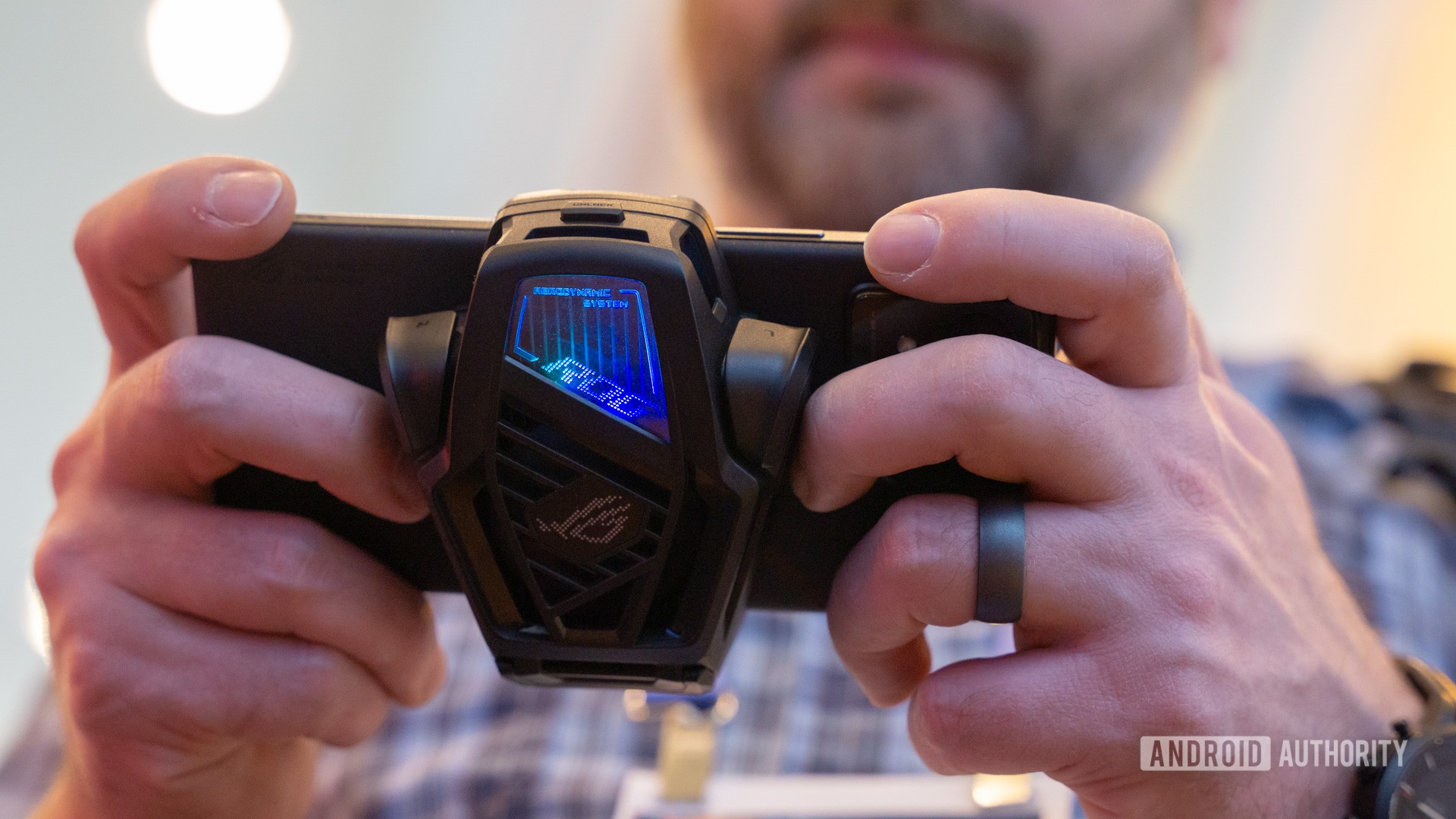
The growth in the market for gaming phones and the success of the mobile chip-powered Nintendo Switch suggests that there’s an appetite for high-fidelity gaming on the go. Qualcomm has even launched enhanced gaming versions of some of its chips, such as the Snapdragon 730G and latest Snapdragon 765G. There are also dedicated gaming features in the high-end Snapdragon 865, ranging from graphics features to high refresh displays. But really what’s needed is more silicon area dedicated to graphics, along with power-efficient core designs to keep battery consumption under control.
Qualcomm boasts a 25 percent 3D graphics performance improvement between the Adreno 640 in the Snapdragon 855 to the Adreno 650 in the Snapdragon 865. The laptop-class Snapdragon 8xc boasts an even bigger and more powerful Adreno 690 GPU. However, take a look at the die shots below to see that GPU silicon doesn’t even account for a quarter of the total silicon space inside modern phone SoCs.
For comparison, NVIDIA’s Tegra line-up of chips dedicated significantly more space to the GPU. The latest Tegra Xavier chip for the machine learning market is basically one-third GPU. Of course, this chip isn’t efficient enough for smartphones and lacks many of the silicon features we’ve come to depend upon in smartphones. The 8cx is also too big and powerful for a smartphone use case. But in the future, the combination of more efficient 5nm manufacturing, larger batteries, and more efficient core designs could allow for SoCs to use bigger pools of GPU silicon for better performance.
Finally, Samsung and AMD signed a deal in 2019 to use AMD’s RDNA architecture in future mobile chip designs. The deal references AMD’s post-Navi micro-architecture, so it won’t appear in an Exynos chip until 2021 or 2022. But it is a sign that mobile chip manufacturers are increasingly looking at the full range of options on the market to eke out a competitive or cost advantage.
A dedicated chip for gaming phones sound like a pipedream, but demand appears to be growing.
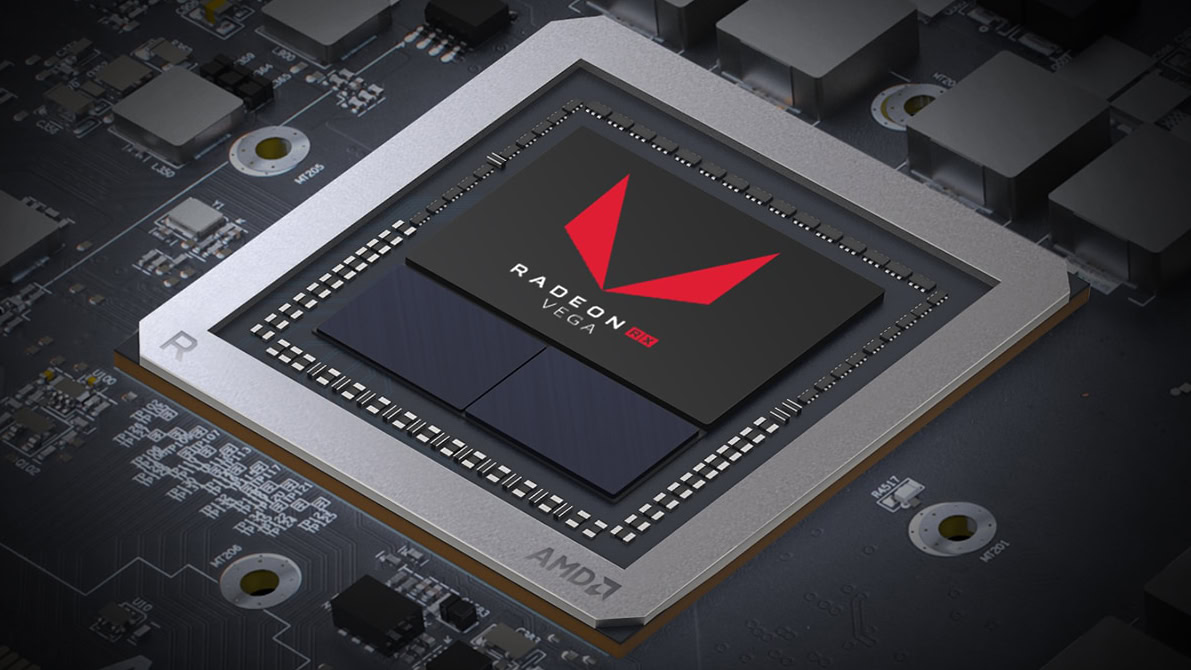
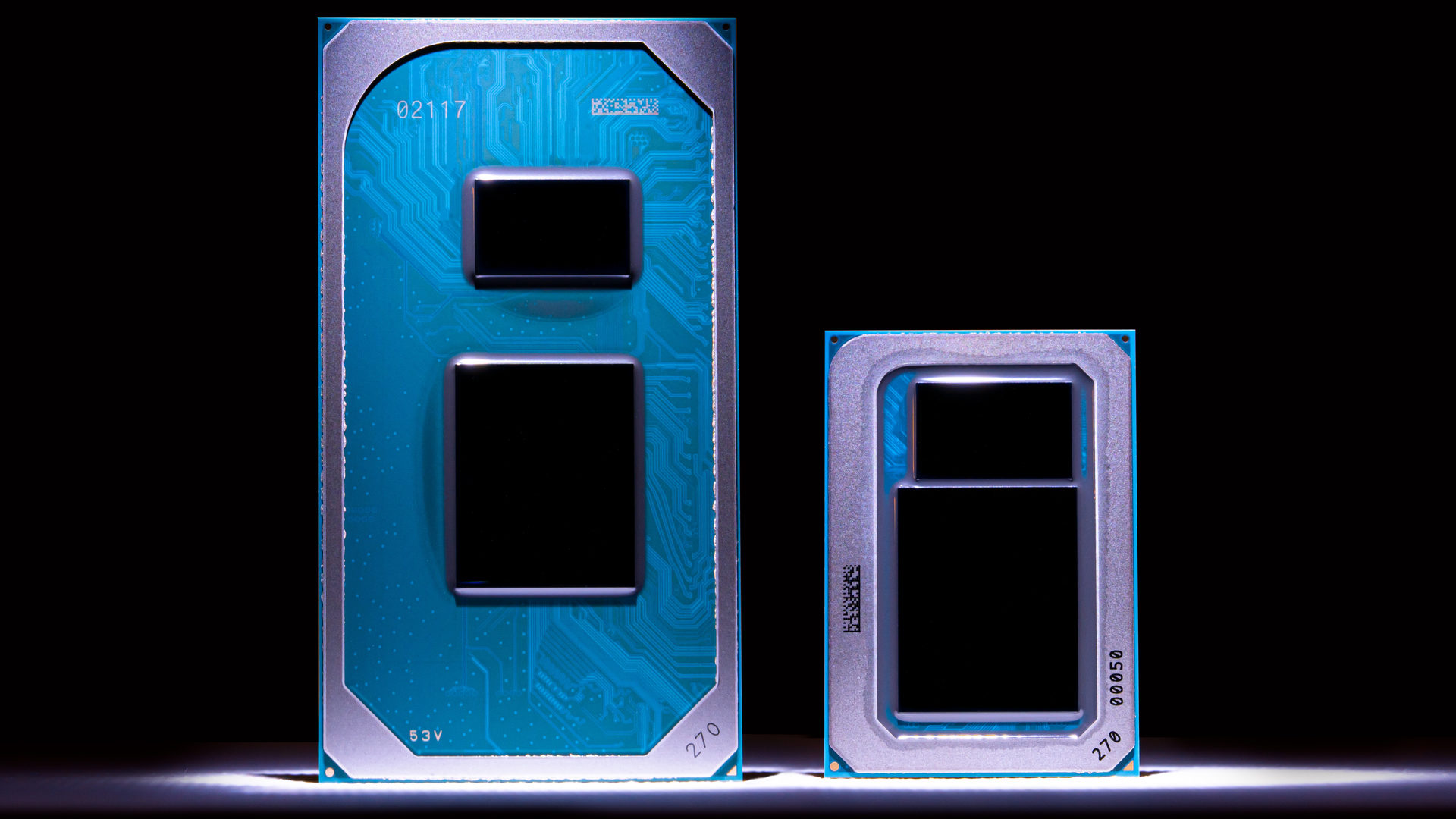
More specialist silicon
As we’ve alluded to, the mobile SoC market is increasing dedicating silicon space to new heterogeneous computing components to boost performance while maintaining energy efficiency. Qualcomm’s Hexagon DSP takes up a notable amount of silicon space, as do the NPUs found inside flagship Exynos and Kirin SoCs.
We can see this trend in the above die shots, with a smaller percentage of silicon area reserved for the CPU and GPU in the Exynos 9820 compared to the 9810. This is partly due to the introduction of a bigger NPU, but also camera image processors, video encode/decode hardware, and 4G modems. All these components vie for precious silicon space in the name of increasing power efficiency for the most common smartphone tasks.
The traditional CPU and GPU now vie for die space with the ISP, DSP, NPU, and more powerful modems. This trend is likely to continue.
Next-generation SoCs continue down this path. More and more silicon space is used for more powerful machine learning capabilities. Just check out the beefed-up 15TOPS of AI performance in the Snapdragon 865, doubling the capabilities of Qualcomm’s previous generation. Chip manufacturers are increasingly turning to in-house machine learning designs as they narrow down the most common use cases, resulting in a wider range of capabilities coming to 2020 flagship phones.
Next year will also see more powerful image processors that are able to handle 4K slow-motion video and 100-megapixel cameras, and more enhanced networking components for blazing-fast Wi-Fi 6 and 5G modems.
Simply put, mobile chips have moved well beyond simple CPU/GPU designs and are becoming increasingly complex.
Integrated 4G/5G modems

With 5G networks whirring up across the globe, we now have the industry’s first SoCs with integrated 4G/5G multi-mode modems. However, integrated modems aren’t where you’ll find the very best 5G technology and fastest speeds. Those are still found in external modems like Qualcomm’s Snapdragon X55, Samsung’s Exynos 5100, and HUAWEI’s Balong 5G01 or 5000.

2020 flagship smartphones will all use high-end SoCs paired up with external modems if they want to offer mmWave 5G technology. Qualcomm’s flagship Snapdragon 865 doesn’t ship with an integrated modem at all, which has caused some controversy. Qualcomm is not so subtly nudging handset manufacturers to build 5G phones with its X55 modem rather than sticking with 4G for another year.
Instead, it’s mid-range smartphones that will ship with integrated 5G modems in relevant markets. The upcoming MediaTek Dimensity 800, new Snapdragon 765, and Exynos 980 are chips that will power affordable 5G handsets. The Samsung Galaxy A90 5G is just of the first examples of mid-tier 5G phones that could become quite popular in 2020. Nokia is planning an inexpensive 5G phone, as are a number of other affordable handset manufacturers.
Bigger CPU cores
We’ve gone this whole article without mentioning CPU cores, partly because CPU performance is already more than adequate. But that doesn’t mean interesting changes aren’t on the way.
Current-generation SoCs saw the introduction of new CPU core configurations. 4+4 big.LITTLE designs are out, in favor of one or two behemoth cores followed by two or three slightly smaller big cores, and then the four usual energy-efficient cores. This trend holds true in the latest Snapdragon 865, Kirin 990, and Exynos 990. Leading this trend is the aforementioned competition for silicon area, but also the growth in powerhouse CPU cores.
You only have to compare the size of Samsung’s gargantuan M4 core to the Cortex-A75 paired alongside to see why Samsung opted for the 2+2+4 layout. Arm’s latest Cortex-A77 is a 17 percent larger core than the A76 and Samsung’s next-generation core might be larger still. Similarly, Apple continues to power its chip with large, powerful CPU cores. Larger cores help to push smartphone performance into low-end laptop territory and are also key to boosting gaming potential. However these big cores aren’t always equal, as we’ve seen with the Snapdragon 855 versus Exynos 9820, and we might see larger CPU performance divergences in the coming years.
Likewise, we’ve seen the shrink to 7nm benefit the power and area efficiency of flagship SoCs, and this will soon begin to benefit mid-tier chips too. However, as smartphones push for laptop-class performance, chip designers will need to carefully consider the area, performance, and power aspects of their CPU design. There’s also the question of whether we’ll see a divergence between phone and 2-in-1 Arm notebook chips in the coming year or so.
4 big + 4 small core designs will be reserved for laptops, with phones opting for three-tier solutions
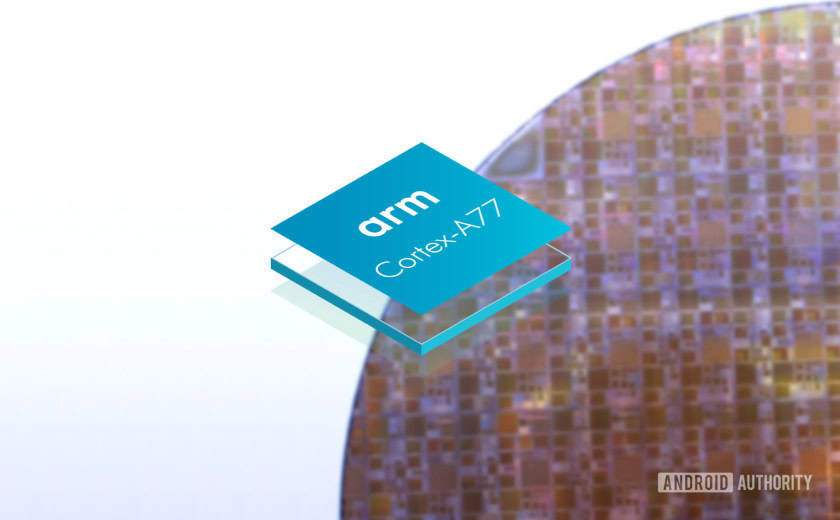
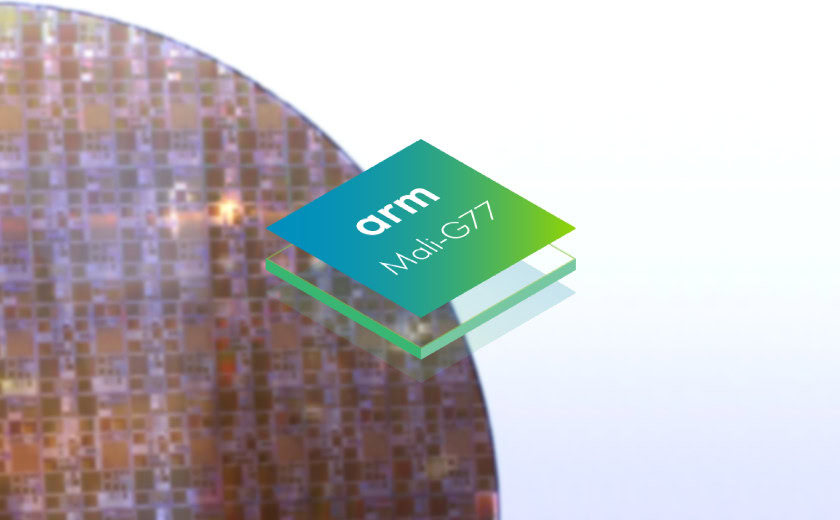
Additionally, smartphones don’t need four super-powerful cores, especially as battery life is a chief concern. One or two cores for the heavy lifting, backed up by moderate and low-power cores for other tasks seems like a sensible design choice. 2+2+4 CPU cores for phones this generation are here to stay for 2020. Although, we may see 4+4 designs powered by the likes of the A77 destined for laptops and other applications that require high peak performance, and aren’t so constrained by battery capacity.
2020 chips in a nutshell
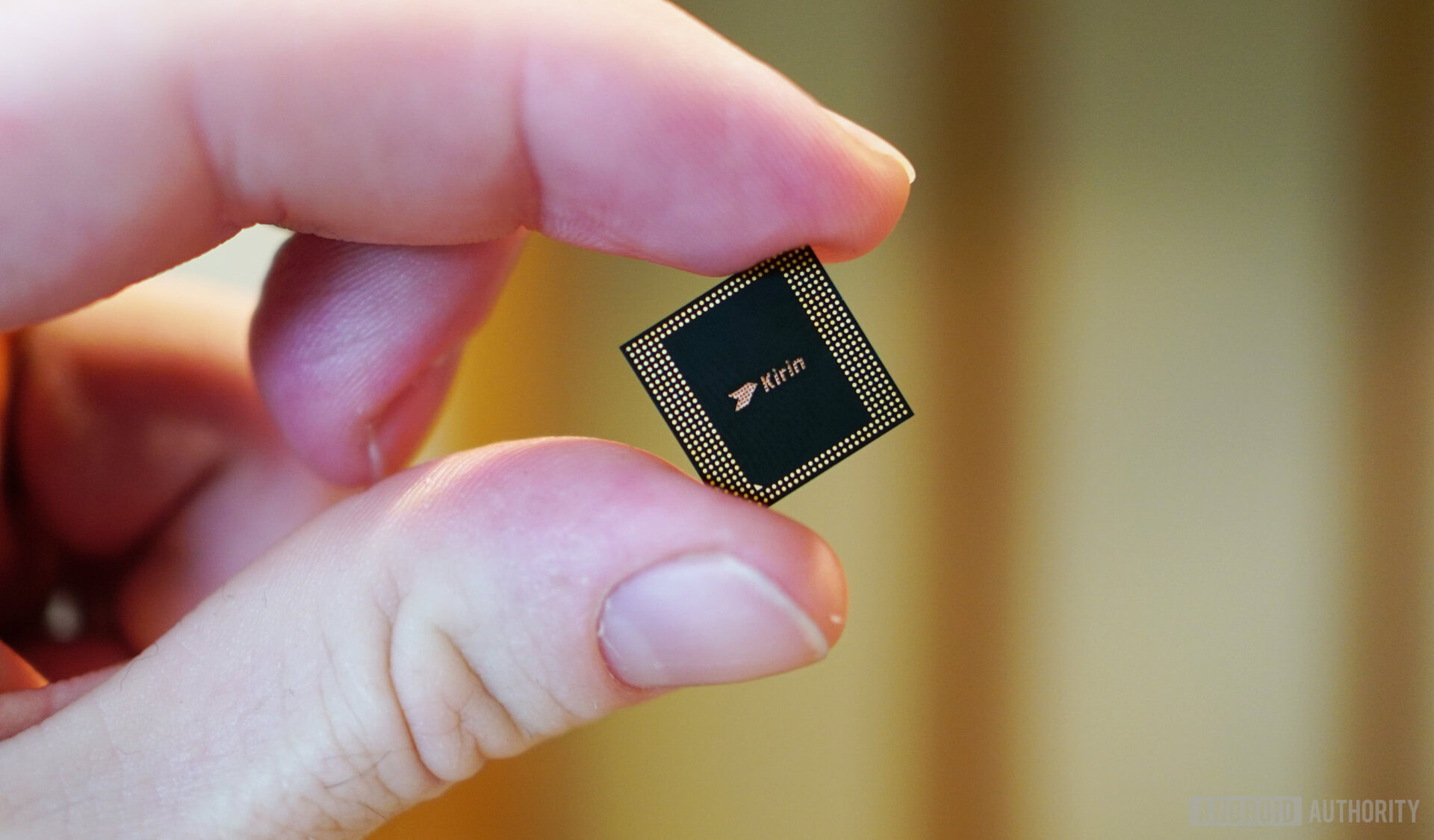
Chip announcements scheduled for later this year and appearing in 2020 devices share a few features in common. Flagship chips will be built on 7nm or 7nm+ FinFET processes, offering only marginal improvements to energy efficiency compared to the previous step down from 10nm. Smartphones will surpass previous CPU and GPU benchmark highs, while pushing 5G and machine learning capabilities into the mainstream.
Read next: 2020 will be a year of refinement for Android phones
However, the high-end chipset market is set for increasing diversity. Between custom CPU and GPU designs, in-house machine learning silicon, unique 5G chipsets, and a host of other features, the differences between an Exynos, Kirin, and Snapdragon platforms are set to grow larger still. Although not necessarily in terms of performance that consumers can really notice. Mid-tier chips have shaped up similarly diverse and powerful, with aggressively priced 5G chips poised to become the story of 2020.